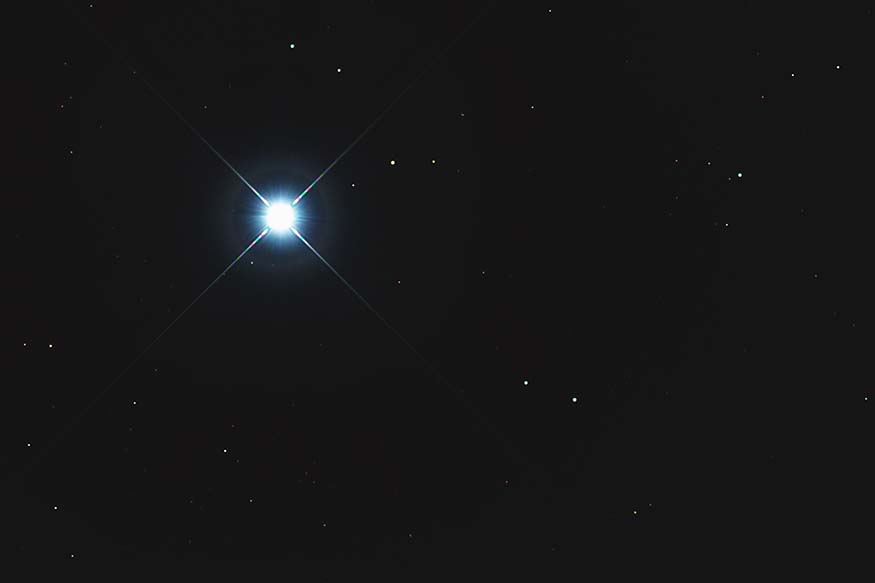
BEAUTY: 
BRAGGING RIGHTS: You saw the brightest star in the night sky
HOW EASY IS IT TO SEE? Just look up
BEST TIME TO SEE IT: Winter (in Canis Major)
TYPE: Star
DISCOVERED: Known since antiquity
Humans love records: the fastest airplane, the deepest ocean, the wealthiest movie star. But to have a record, you first need to measure. Sirius is the brightest star in the night sky—a fact known since antiquity—but how bright is it? What units do we use for brightness?
Two thousand years ago, Claudius Ptolemy looked up from Alexandria, Egypt, and created a catalog of stars (cataloging is another favorite human pastime). He assigned each star one of six magnitudes, according to their brightness (as he perceived them). Stars of the first magnitude were the brightest, while stars of the sixth were at the faintest limit of visibility.
After the Renaissance, catalog makers followed Ptolemy’s convention but subdivided magnitudes with decimal points. A 2.1 magnitude star was slightly fainter than 2.0. Magnitudes ceased to be discrete categories and became continuous values, like distance. In the 1800s, astronomers formalized the scale by defining magnitude 6 to be 100 times fainter than magnitude 1. That means each magnitude is about 2.5 times fainter than the previous one. They chose the star Vega to be at exactly magnitude 0. A star 2.5 times fainter than Vega was magnitude 1, and one 2.5 times brighter was magnitude -1.
In the new system, Sirius turned out to be magnitude -1.46, and no other star in our sky (save the sun) is brighter.
The Dog Star. Sirius is the brightest star in the constellation Canis Major (“Big Dog,” in Latin) and in Roman times, the star itself was known as the Dog Star. To find it, start at the three stars in Orion’s belt and follow their direction down and to the left; they will point straight at Sirius, the brightest star in the sky.
A remarkable number of cultures associate Sirius with dogs, from the Chinese (“Heavenly Wolf”) to Alaskan Natives (“Moon Dog”).
Hidden companion. Sirius has a white dwarf companion, known as Sirius B, but it’s sometimes called “The Pup.” The Pup takes 50 years to orbit around its parent, and it will be at its greatest distance from Sirius A around the year 2025. With a good-size telescope and high magnification you might be able to spot this diminutive companion.
CANIS MAJOR REGION IN WINTER; 30-DEGREE FIELD OF VIEW